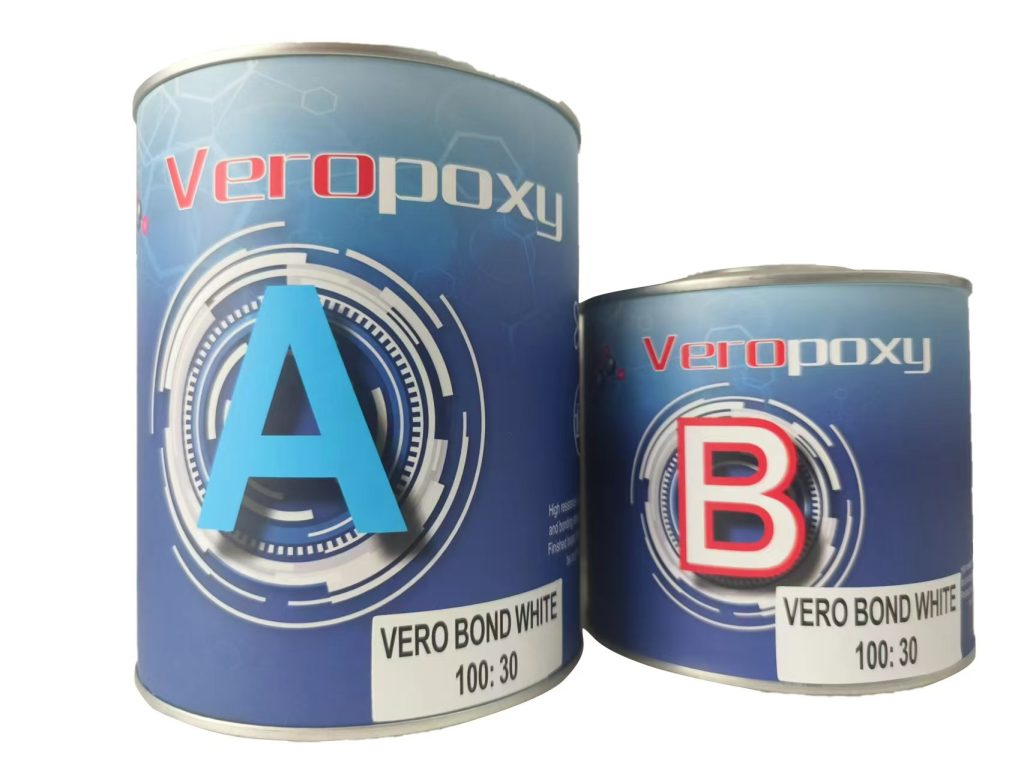Stones, whether granite, marble, or quartzite, are prized for their distinct natural beauty, and preserving that look is key to their appeal. Enter epoxy resin: widely used for enhancing stone’s durability and surface strength. But while epoxy provides protection, it also has a side effect—altering the stone’s appearance. How does epoxy affect the natural color and texture of stone? In this study, we explore the visual transformations brought by epoxy and what this means for both aesthetics and function.

The Natural Appeal of Stone Color and Texture
Stones like granite, marble, and quartzite owe their value to their rich colors and organic patterns. Granite, for example, may display flecks of black, brown, and pink, while marble has iconic veins that create luxurious elegance. These colors and textures are not merely skin-deep; they’re intrinsic characteristics resulting from geological processes over millions of years. Yet, stone’s natural pores and fissures make it susceptible to moisture, stains, and wear, which is where epoxy resin becomes useful. However, applying epoxy can bring out certain hidden elements in the stone—and sometimes alter its appearance.
How Epoxy Resin Alters Stone Color
1.Intensification of Natural Hues
Epoxy resin often brings a “wet look” to stone surfaces, making colors appear more saturated and vivid. This effect occurs as epoxy seeps into the stone’s pores, accentuating its color and creating a glossy sheen. A light-gray granite, for instance, may look darker and more vibrant after epoxy application, while the soft veins in marble may become more pronounced. This intensified color can be appealing to some but may surprise others who prefer the original, more muted tones.
2.The “Yellowing” Effect
Over time, certain epoxy resins may develop a yellowish tint, especially under prolonged exposure to UV light. This “yellowing” can alter the color balance of lighter stones, such as white marble or sandstone. The once-pure whites may take on a warmer, slightly aged hue, which might not be desirable in modern, minimalist designs. Thankfully, many epoxy formulations now have UV stabilizers to combat this effect, although some yellowing may still occur with long-term exposure.
3.Enhanced Depth and Contrast
Epoxy’s reflective properties can make stone textures appear deeper and more three-dimensional. Veins and flecks seem more pronounced, and subtle color variations are enhanced. For example, in a dark stone with complex veining, epoxy can make each layer of the stone pop, giving the surface a dramatic, almost polished gem-like appearance. This effect is particularly popular in luxury settings, where depth and visual richness are key.
4.Color Change in Certain Stone Types
Some stones contain minerals that react with epoxy, leading to unexpected color shifts. For example, stones with high iron content may oxidize when exposed to epoxy resin, creating a slight rust tint that wasn’t visible before treatment. Knowing the mineral composition of a stone is essential to predict how it will react to epoxy and avoid unwanted color changes.
The Texture Transformation with Epoxy Resin
1.Smooth, Glossy Finish
Epoxy resin naturally cures to a smooth, glassy surface, which can obscure the original texture of rough or unpolished stone. Stones that originally had a matte or lightly textured finish, such as honed marble, will appear smoother and glossier after epoxy application. This change in texture may not be suitable for all settings or styles, especially if a natural, rustic look is desired.
2.Reduced Surface Porosity
Epoxy fills in the stone’s natural pores, making it less porous and more resistant to staining. While this enhances durability, it also makes the stone feel slightly warmer and less “stone-like” to the touch. This sealed, impermeable layer gives a different tactile experience, which might be noticed by those accustomed to the cool, porous feel of natural stone.
3.Highlighting Natural Imperfections
Surprisingly, epoxy resin’s gloss can magnify imperfections that were previously less noticeable. Tiny cracks, pits, or irregularities may become more evident, creating a textured look that can either add character or detract from the stone’s visual unity, depending on personal preference.
Experimental Observations
In our experiment, various types of stone were treated with epoxy resin to observe changes in color and texture. The results showed that:
- Granite experienced a noticeable deepening of color, with veins and specks becoming more defined. Lighter granites took on a slightly darker hue, while darker stones gained a striking depth.
- Marble, especially lighter-colored varieties, became more vibrant and reflective, with veins becoming much more prominent. Some marbles, however, developed a faint yellowish tint after prolonged exposure to sunlight, an effect likely due to slight epoxy yellowing.
- Sandstone transformed significantly, with its warm tones becoming more intense and its surface becoming completely smooth. The natural roughness was masked, giving it a more refined appearance.
Epoxy resin can significantly impact the color and texture of stone, with effects that range from enhancing the stone’s natural beauty to altering its original characteristics. While the glossy, intensified look is desirable in many contexts, it may not be ideal for everyone. For those who appreciate the subtlety and rawness of natural stone, these visual changes might be a bit too dramatic. Ultimately, the decision to use epoxy should be made with a clear understanding of how it will influence the stone’s appearance. Epoxy can indeed bring out a stone’s hidden vibrancy, but as with any powerful tool, its application should be approached thoughtfully to balance durability with aesthetics.
Post time: 11 月-06-2024


